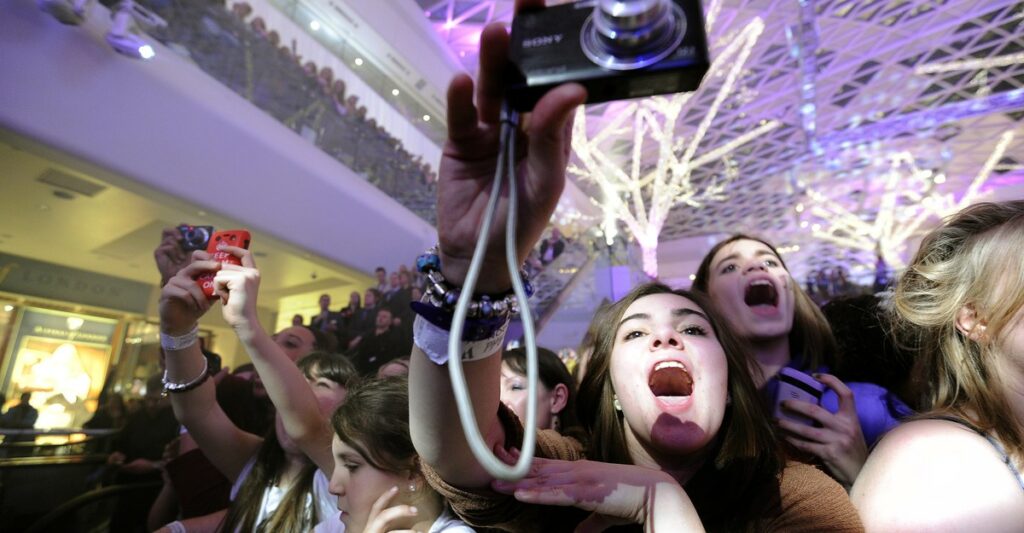Studying teenage behavior to learn about the future of anything might initially strike you as somewhat crazy. These are kids, after all, and their lives scarcely resemble the world of adults. They have pop quizzes, not salaried jobs; they spend more on shoes and concerts than families spend on food, as a share of their budget. What in the world could we learn from them?
But as we hope to explain in Kids These Days, our new special report on teen behavior and its lessons for business, technology, and health, those who’d ignore young people simply because they’re young are overlooking this demographic at our own peril.
One important category where teenage behavior acts as a leading indicator for the national trends is social media. The archetypal social network, Facebook, started as an online yearbook for teenagers and young twentysomethings at Ivy League universities. Even after it went national, adults still considered it a mysterious toy for their college-age children. But the very things that teenagers found useful about Facebook—it was an elegant way to follow, or keep up with, friends around campus and the country—turned out to be just as useful for adults.
This story—adults finding teenage social media behavior stupid, just before the entire country adopts it —has played itself out over and over again. “Stop looking at your phone!” used to be what you said to your kid at the dinner; now it’s what everybody says to everybody at every table. Snapchat was very recently considered, among most people I read and know, at best a joke and at worst a teenage sexting app. (Nevermind that people are actually more likely to “sext” on regular SMS.) Indeed, the app gained traction first among college and high school kids. But today, studies have estimated that Snapchat has a 20 percent iPhone market share and more than 25 million active users in the U.S. Just like Facebook, what adults once considered an illicit toy has turned into a real, massive communication protocol. Facebook and Google both bid $3 billion for the service, and both were turned down.
One person who seems to understand the predictive power of teenagers’ social media behavior is Mark Zuckerberg. When he bought Instagram, a popular photo-sharing app with a young audience, for $1 billion, it was considered borderline reckless.Today Instagram is now as popular as Facebook among teens, according to a recent survey by Piper Jaffray. Indeed, Facebook has acknowledged that it’s losing the invaluable patina of cool among teenagers. That’s one of the reasons why it’s thought to have bid so highly for Snapchat: The $116 billion company understands and values the power of teenage addiction.

Why might teenage tech at so accurately, and routinely, predict national attitudes? As Potluck’s Josh Miller alluded to in this essay, high schools are the perfect offline social network to amplify the viral potential of online social networks. If an app is easy and addictive enough for kids to use and share as they’re scurrying between classes, it will probably be simple and alluring enough for adults to use when they turn away from their computer screens.
Source: here
